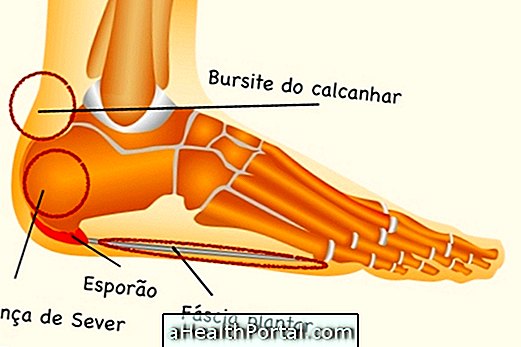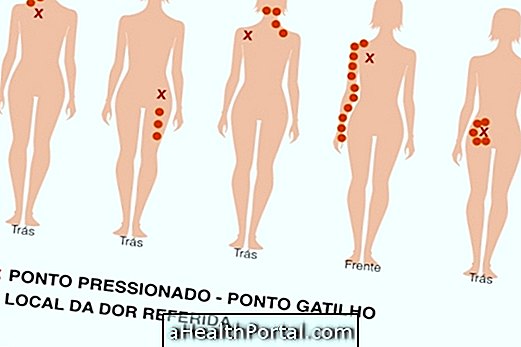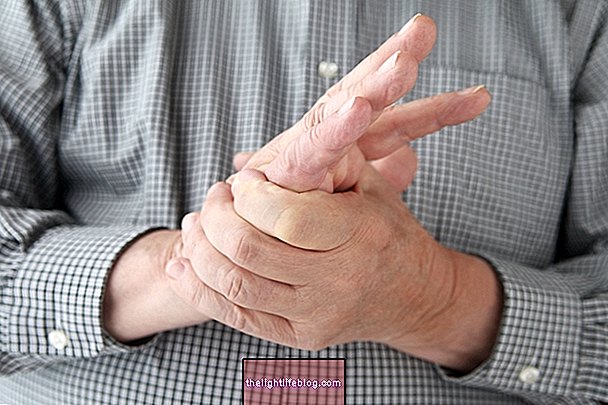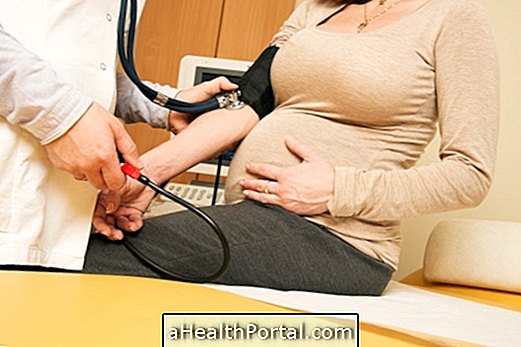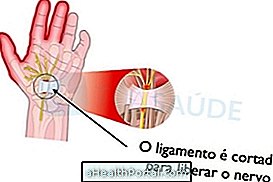Pain in the right arm can arise from a variety of causes, with the most common being strokes or injuries to the arm's structures, such as having poor posture, repetitive strain or sleeping over the arm, for example.
Arm pain can occur in any region, from the shoulder to the wrist, usually by affecting sites such as muscles, tendons, nerves, joints, blood vessels, and skin. Only in rare cases can it indicate a more serious problem, such as a neurological disease or even a heart attack.
Thus, to identify the exact cause of pain, it is necessary to seek medical attention, which will make an evaluation of the symptoms, physical examination of the region and, if necessary, request tests to determine the cause and indicate the most correct treatment.
Although many, the main causes of right arm pain may include:
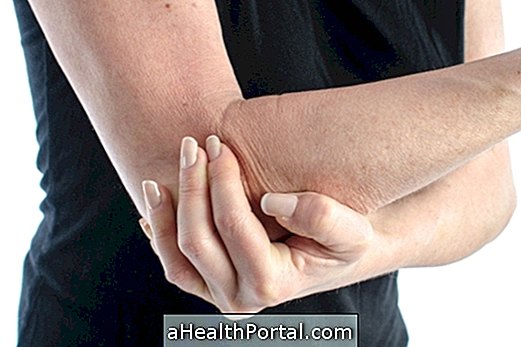
1. Realization of effort
Intense arm exercises, common in people who go to the gym or play sports, can cause minor injuries to the muscles of the arm or joints of the shoulder, elbow, or wrist, which causes pain that usually improves after a few days of rest.
When effort is repetitive, especially in people who work with arm movements, such as teachers who write on the board, machine workers, musicians or athletes, it is possible to have Work-Related Musculoskeletal Disorder (DORT), also known as Repetitive Stress (RSI).
What to do : In order to prevent this type of injury, it is necessary to obtain advice from the doctor and physiotherapist on the correct postures that must be taken during the movements, to avoid wear of the arm structures and, at the moment of acute pain, the doctor may indicate anti-inflammatory medications and rest. Check out recipes for natural anti-inflammatories to help fight the pain.
2. Tendonitis
Tendonitis is an inflammation of the tendon, a tissue that connects the muscle to the bone, which generates symptoms such as localized pain and lack of muscle strength. It can arise more easily in people who make repetitive efforts with the shoulder or arm, or in sportsmen.
What to do : To treat tendonitis it is advisable to avoid making efforts with the affected limb, taking the analgesic or anti-inflammatory drugs indicated by the doctor, and performing the physiotherapy sessions. Check out the treatment options for tendonitis.
3. Carpal Tunnel Syndrome
Carpal tunnel syndrome occurs by compressing a nerve that extends from the arm to the hand, called the median nerve. This syndrome is characterized by the appearance of tingling and sensation of needles mainly on the thumb, index finger or middle finger.
Carpal tunnel syndrome is more common in professionals working with the hands and wrists, such as typists, hairdressers or programmers, for example, and the symptoms appear gradually, and may even become disabling.
What to do : The treatment is guided by the orthopedist or rheumatologist and includes use of anti-inflammatories, rest and physical therapy. Check out the following video, physiotherapist's guidelines for relieving pain in these cases:

4. Poor circulation
Changes in the blood circulation of the arm, caused by an obstruction in the blood vessel or a thrombosis in veins or arteries, for example, can cause sensation of pain, tingling, weight and swelling of the affected limb.
Poor circulation should be suspected when the extremities of the hands are very pale or purplish, swelling in the arm or hands or tingling sensation.
What to do : It is necessary to consult with the general practitioner or angiologist, who will make a detailed evaluation and will ask for examinations like Doppler ultrasound of the arm. Treatment depends on the cause, and may involve fluid intake, exercise or, in more severe cases, use of medicines to facilitate circulation. Learn more about treatment for poor circulation.
5. Infarction
Acute myocardial infarction or angina can cause chest pain radiating to the arm, and although it is more common for the left arm, it may radiate to the right arm. This symptom of infarction is rare, but it can occur primarily in the elderly, diabetics or women, who may present atypical symptoms more often.
Arm pain that indicates a heart attack is usually associated with a burning or tightening sensation, chest pain, shortness of breath, nausea, or sweating.
What to do : If a heart attack is suspected, it is recommended to go to the emergency room so that the doctor can evaluate the symptoms and ask for tests, which can or may not confirm the problem. Learn to identify the main symptoms of heart attack.


